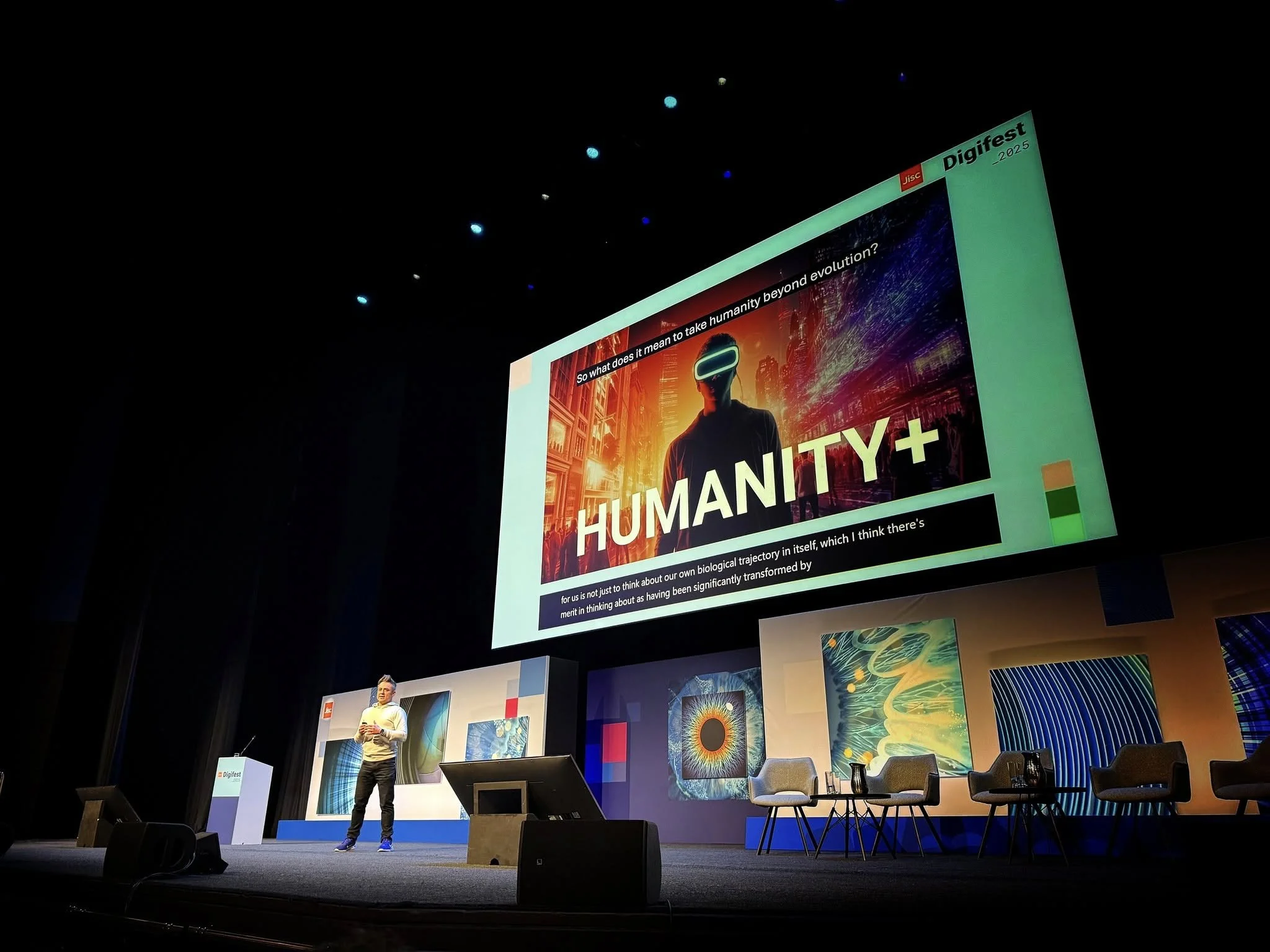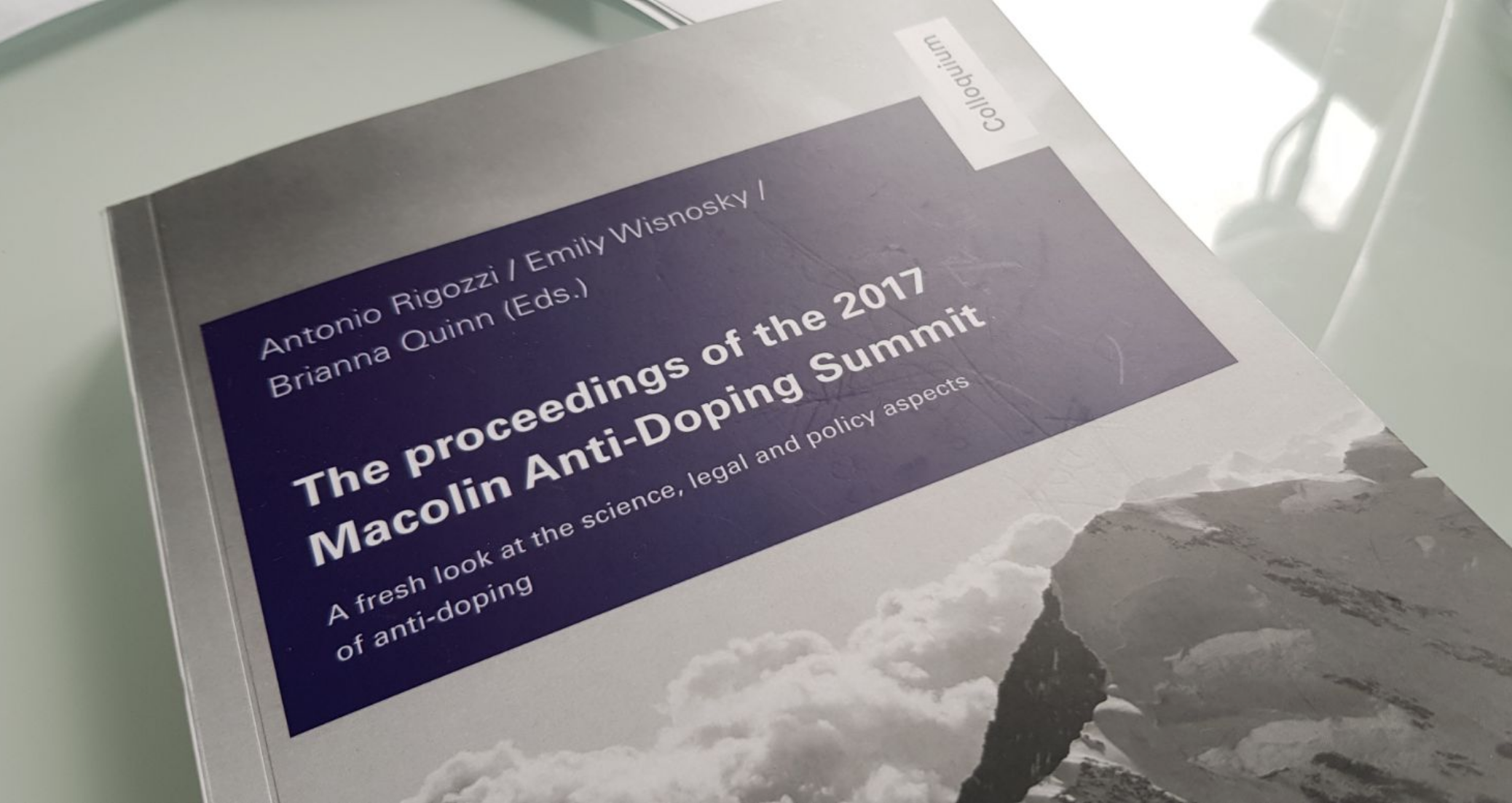
Make it stand out
What’s been happening?

A fresh look at anti-doping

Congress of Brilliant Minds
Doping & the Tour De France [VIDEO]

Why the doping problem is here to stay
Why wasn't Lance Armstrong caught earlier?

The Olympics would be better if athletes were allowed to take drugs

La lutte antidopage, un "dogme inquiétant" pour certains
Why Anti-Doping Will Not Last

